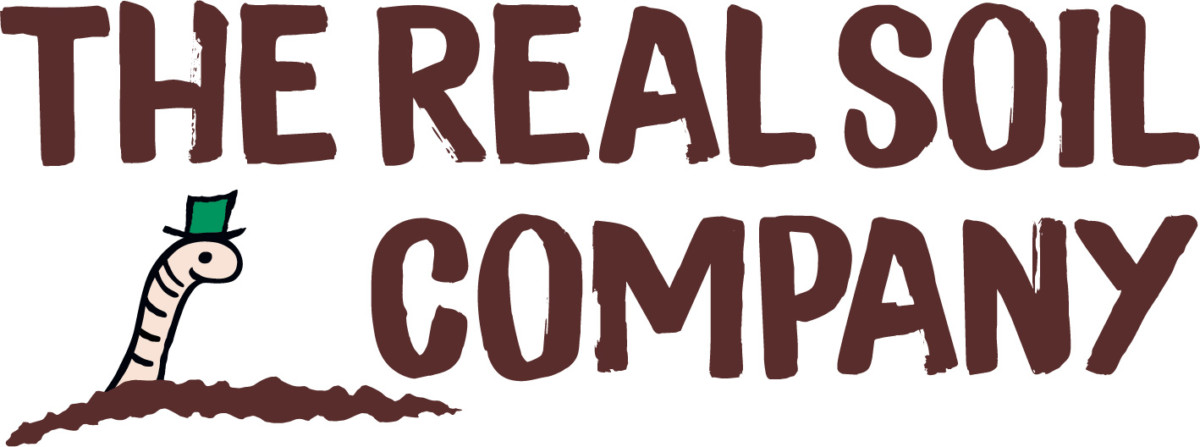What is Topsoil?
A quick guide to the basics of topsoil and what kind of topsoil is appropriate for gardening.
Topsoil is the outer layer of the earth’s surface and is usually 5-30cm in depth. It is comprised of the three main groups of organic matter – these are humus, clay particles and sand. Good quality topsoil is comprised of a number of different things that enable it to help organic growth on the earth’s surface.
Topsoil can contain, among other things, organic matter, micro-organisms and worms, all of which help give topsoil the nutrients that will help your plants or vegetables thrive. A good, strong, healthy topsoil will also contain such living organisms as nematodes, insects, spiders, fungi and bacteria. All of these, plus the general organic matter such as droppings and rotting vegetation, go to making quality topsoil.
Most of the plants on the earth’s surface tend not to have roots that grow any further down than the base of the topsoil layer as they can get all the nutrients they need from within it. Topsoil can vary in colour, content and texture and it is important when gardening to work out what kind of topsoil you have, in order to assess how good it will be for growing your required plants or vegetables.

